Description
HMPE braided rope is a high-performance synthetic rope made from High-Modulus Polyethylene (HMPE) fibres, such as Dyneema or Spectra, which are renowned for their superior strength-to-weight ratio. This rope is often used in marine, industrial, military, and rescue applications as a lightweight, safer alternative to steel wire rope or traditional synthetic ropes.
1. Material: High-Modulus Polyethylene (HMPE)
-
Composition: HMPE is an ultra-high molecular weight polyethylene (UHMWPE) with molecular chains aligned in a highly crystalline structure, giving it exceptional tensile strength.
-
Brands: Common HMPE brands include Dyneema® (DSM Netherlands) and Spectra® (Honeywell USA).
-
Physical Traits:
-
Very low stretch (less than 3% at break)
-
Excellent resistance to chemicals, UV rays, and abrasion
-
Floats on water due to its low density (approx. 0.97 g/cm³)
-
Non-conductive and does not absorb water
-
2. Construction: Braided Rope
-
Braiding Style: Typically 12-strand braided for flexibility and strength, though 8-strand, 16-strand, or double braided options are available for specific applications.
-
Core vs. Cover: Some ropes are core-dependent (single braid), while others have an outer cover (jacket) made from polyester, nylon, or even a tougher HMPE for added abrasion protection.
-
Construction Advantages:
-
Flexible and easy to splice
-
Balanced load distribution
-
Reduced snagging compared to twisted ropes
-
3. Key Characteristics
| Property | Description |
|---|---|
| Strength | Up to 15x stronger than steel by weight; tensile strength over 30,000 lbf |
| Weight | Extremely lightweight; floats on water |
| Stretch | Minimal elongation under load (<3%) |
| Abrasion Resistance | Excellent, especially with protective coatings |
| UV Resistance | High resistance to degradation from sunlight |
| Chemical Resistance | Resistant to most chemicals including oils, fuels, and solvents |
| Temperature Range | Operates in temperatures from -150°C to +70°C (melts around 150°C) |
4. Common Applications
-
Maritime & Offshore:
-
Mooring lines, towing hawsers, winch lines
-
Replaces steel wire in cranes and hoists on ships and oil rigs
-
-
Defence & Tactical:
-
Lightweight rigging, anchor lines, recovery ropes
-
-
Industrial:
-
Heavy lifting slings, logging chokers, utility winch lines
-
-
Rescue & Safety:
-
Water rescue ropes, high-angle access and haul lines
-
-
Recreational:
-
Kite lines, paragliding, sailing sheets and halyards
-
5. Advantages Over Traditional Ropes
| Compared To | Advantages |
|---|---|
| Steel Wire Rope | Lighter (by up to 85%), non-corrosive, safer to handle (no recoil snapback) |
| Polyester/Nylon Rope | Stronger, less stretch, longer service life under load |
. Coatings and Treatments
-
PU (Polyurethane) Coating: Enhances abrasion and UV resistance
-
Marine Coatings: Improve grip and water repellency
-
Color Coding: Ropes are dyed for identification, but note that UV stability depends on the coating, not the color
. Maintenance and Handling
-
Storage: Keep dry, away from direct sunlight if not UV-coated
-
Inspection: Regular checks for abrasion, cutting, or fusion damage
-
Cleaning: Use mild soap and water; avoid harsh chemicals or solvents
Conclusion
HMPE braided rope offers exceptional strength, low weight, and excellent durability, making it ideal for demanding environments where performance and safety are critical. Its benefits far exceed those of traditional rope materials in most applications, although it must be used within its thermal and creep limits. When sourced from reputable manufacturers and used correctly, HMPE rope is a top-tier solution for modern load-handling and tethering systems.
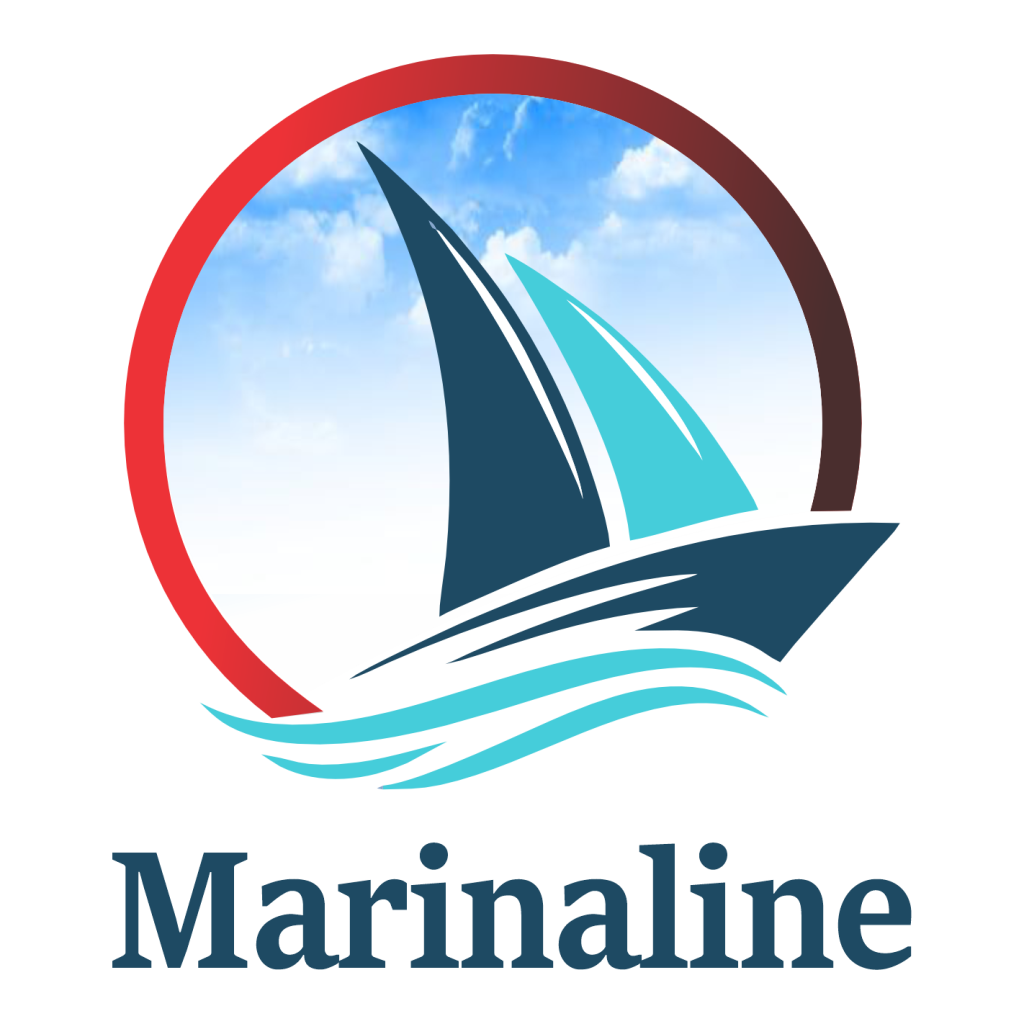

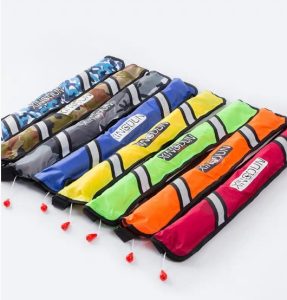
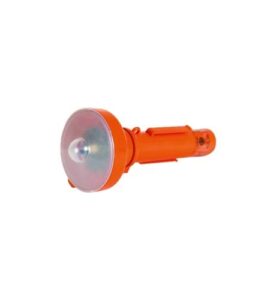
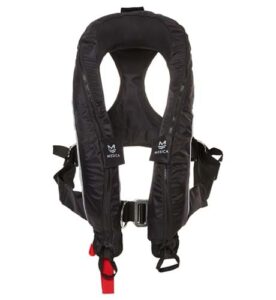
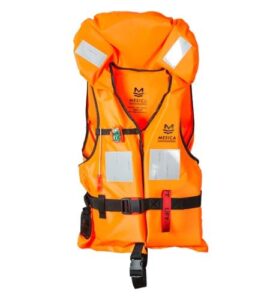
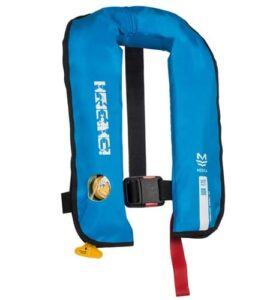
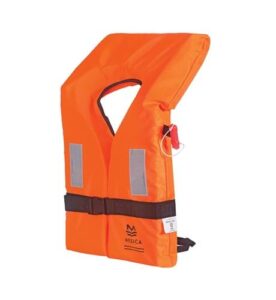
Reviews
There are no reviews yet.